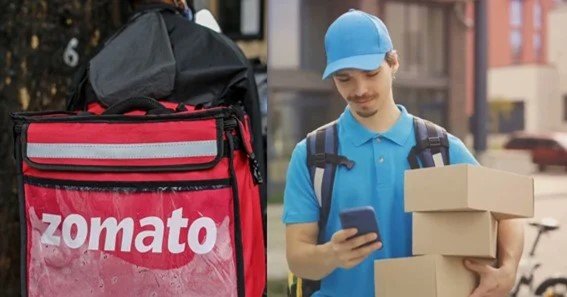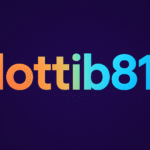Zomato, one of India’s leading food-tech giants, has significantly expanded its footprint through a series of strategic acquisitions over the years. These acquisitions have not only helped Zomato diversify its services but have also reinforced its position as a dominant player in the competitive food delivery and quick commerce markets.
Key Acquisitions by Zomato
1. Blinkit (2022)
Zomato’s acquisition of Blinkit, formerly known as Grofers, for $568 million was a game-changer in the quick commerce sector. This move allowed Zomato to expand beyond food delivery and enter the ultra-fast grocery delivery market. Blinkit’s integration has enabled Zomato to offer customers the convenience of grocery delivery within minutes, positioning it strongly against competitors like Swiggy’s Instamart and Zepto.
2. Runnr (2017)
Runnr, a logistics startup, was acquired by Zomato to bolster its food delivery capabilities. This acquisition was crucial in Zomato’s strategy to control the entire delivery chain, from order placement to final delivery. By integrating Runnr’s technology and fleet management, Zomato improved its delivery efficiency, which has been a key factor in its competitive edge.
3. UrbanSpoon (2015)
In a bid to enter the North American market, Zomato acquired UrbanSpoon for around $55 million. This acquisition marked Zomato’s foray into the United States and Canada, significantly expanding its global presence. UrbanSpoon’s user base and restaurant listings were integrated into Zomato’s platform, enhancing its international offerings.
4. Hyperpure (2018)
Hyperpure, although not a traditional acquisition, is an integral part of Zomato’s strategy. It operates a farm-to-fork supply chain that provides high-quality ingredients directly to restaurants. This vertical has been highly profitable, helping Zomato control costs and improve margins, thereby reinforcing its market position.
5. Other Notable Acquisitions
Zomato has also acquired several other companies like Cibando (Italy), Lunchtime (Czech Republic), and TongueStun (India), among others, as part of its international expansion and diversification strategy. These acquisitions have helped Zomato build a robust global platform, offering a wide range of services from restaurant discovery to online food ordering and logistics.
Impact on Zomato’s Market Position
These acquisitions have been pivotal in Zomato’s growth strategy, allowing it to expand its service offerings, enter new markets, and improve operational efficiency. By acquiring companies with complementary strengths, Zomato has been able to enhance its value proposition to both customers and restaurant partners, solidifying its leadership in the food-tech space.
FAQ
1. What was Zomato’s most significant acquisition?
Zomato’s most significant acquisition to date is Blinkit, acquired for $568 million in 2022, which marked its entry into the quick commerce sector.
2. How has the Blinkit acquisition benefited Zomato?
The Blinkit acquisition allowed Zomato to diversify into ultra-fast grocery delivery, positioning it strongly in the quick commerce market.
3. Why did Zomato acquire Runnr?
Zomato acquired Runnr to improve its delivery capabilities by integrating Runnr’s logistics and technology, enhancing efficiency in its food delivery operations.
4. What was the purpose of Zomato’s acquisition of UrbanSpoon?
The acquisition of UrbanSpoon was aimed at expanding Zomato’s presence in North America, integrating UrbanSpoon’s user base and listings into its global platform.
5. What role does Hyperpure play in Zomato’s business?
Hyperpure is Zomato’s farm-to-fork supply chain vertical, which provides restaurants with high-quality ingredients, contributing significantly to Zomato’s profitability.
Disclaimer: This article is for informational purposes only and should not be taken as financial advice. Always consult a financial advisor for investment decisions.










